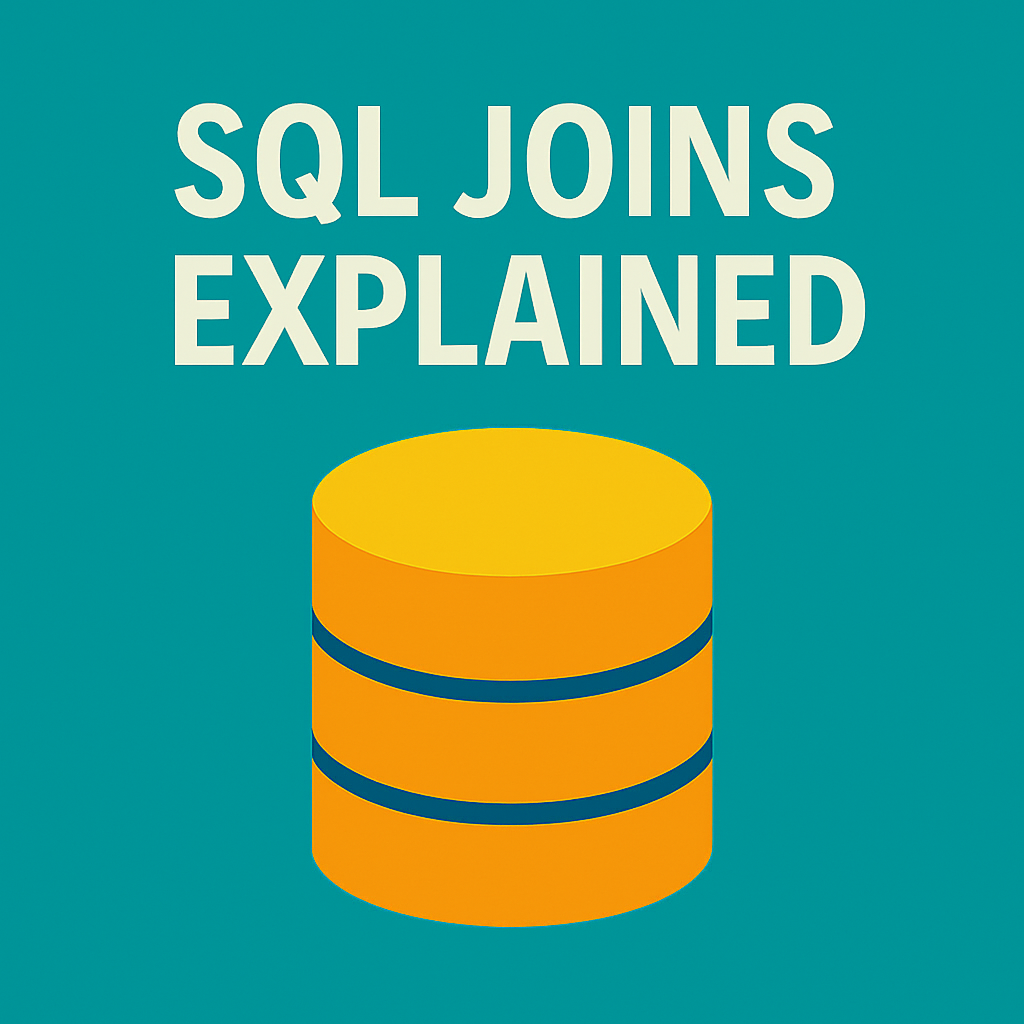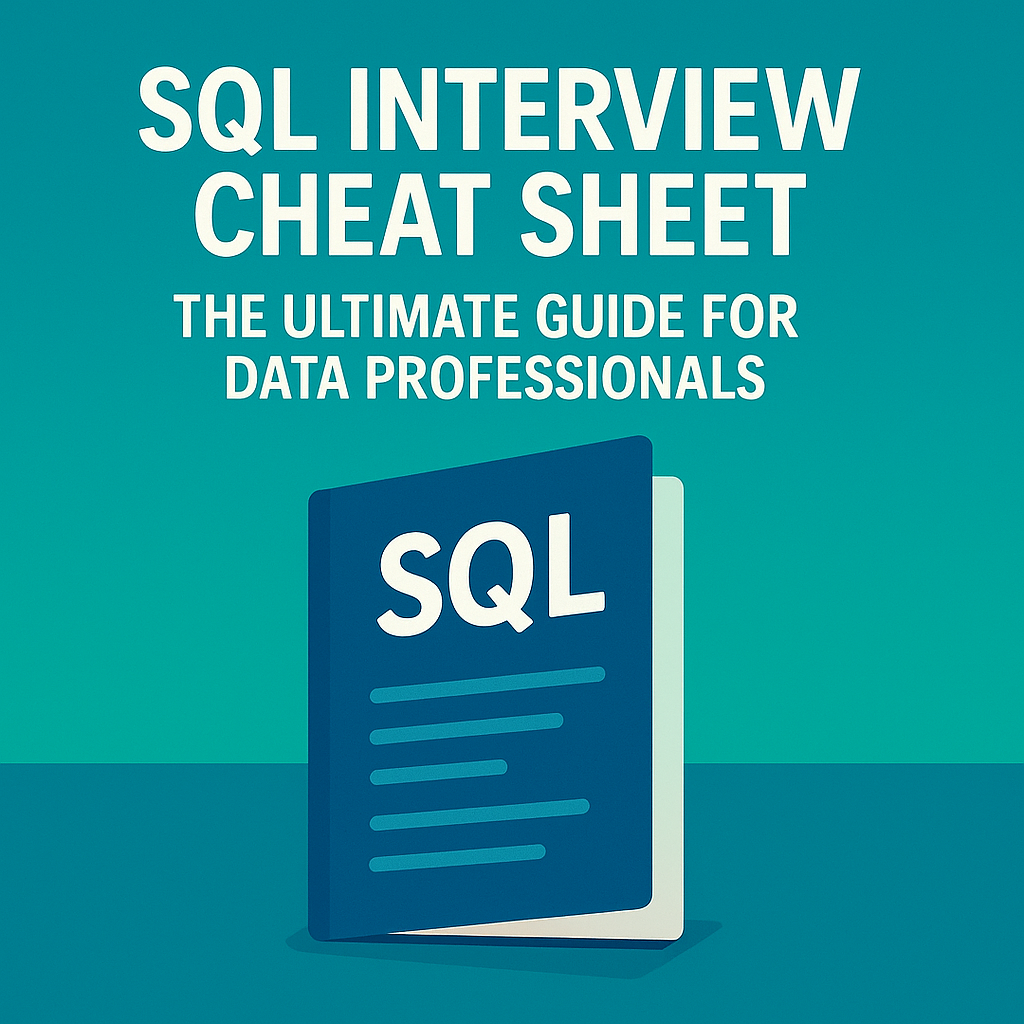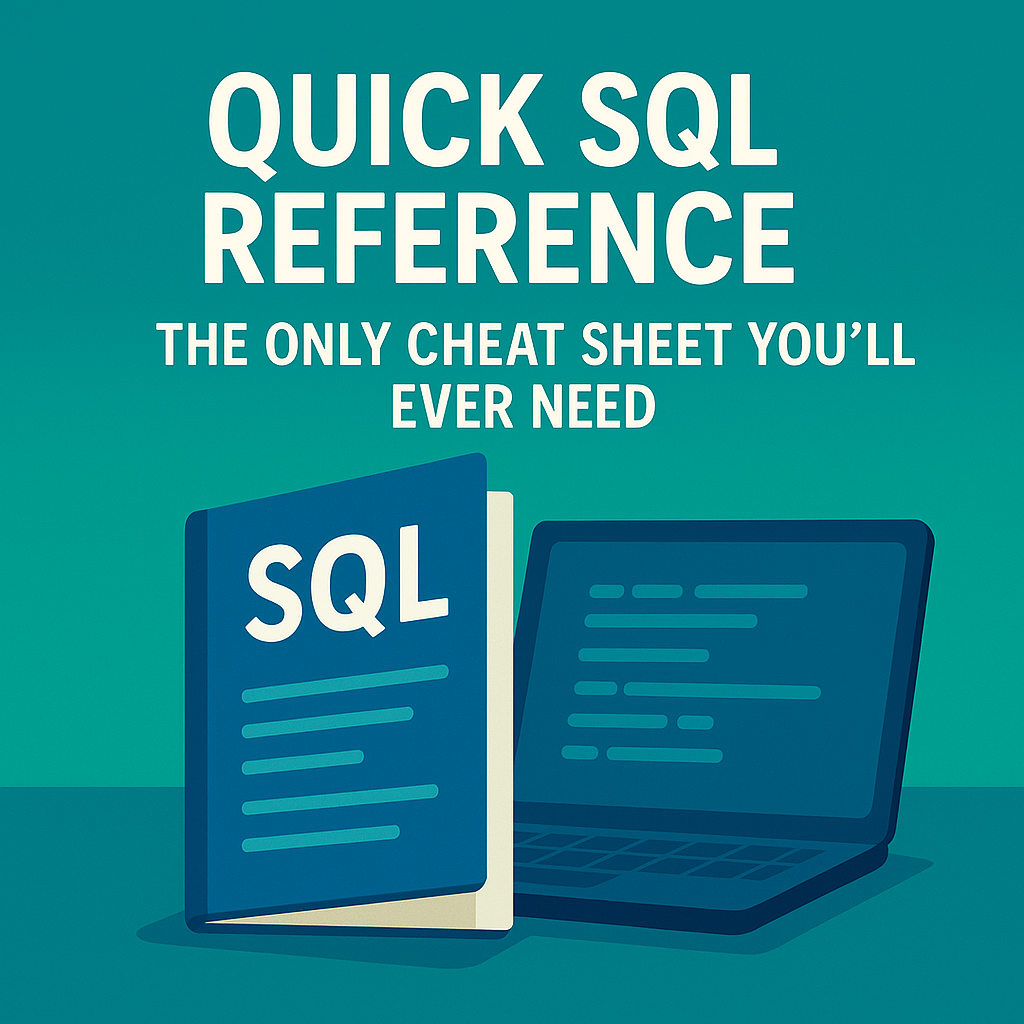
Types of Databases: A Complete Guide with Examples
- 1. SQL Databases
- 2. NoSQL / NewSQL Databases
- 3. Columnar Databases
- 4. Document Databases
- 5. Key-Value Databases
- 6. Graph Databases
- 7. Time-Series Databases
- 8. In-Memory Databases
- 9. Vector Databases
- 10. Spatial Databases
- 11. Blockchain Databases
- 12. Object-Oriented Databases
- Final Thoughts
- 🎓 Recommended Courses to Learn Databases
Databases are at the heart of every modern application. From mobile apps to enterprise systems, the right type of database can make all the difference in performance, scalability, and functionality. Below, we break down the 12 main types of databases, their use cases, and real-world examples.
1. SQL Databases
- Structured data storage and retrieval
- Supports ACID properties for transactions
- Relational model with tables and relationships
Examples: MySQL, Microsoft SQL Server
2. NoSQL / NewSQL Databases
- Combines SQL reliability with NoSQL scalability
- Supports ACID at scale
- Handles real-time analytics and distributed workloads
Examples: Google Spanner, CockroachDB
3. Columnar Databases
- Optimized for analytical queries
- Stores data in columns instead of rows
- High compression for faster reads
Examples: Amazon Redshift, Apache Cassandra
4. Document Databases
- Stores data in JSON or XML-like structures
- Schema-less and flexible for dynamic apps
- Ideal for content management and web applications
Examples: MongoDB, Couchbase
5. Key-Value Databases
- Data stored as key-value pairs
- Extremely fast lookups
- Perfect for caching and session storage
Examples: Redis, Amazon DynamoDB
6. Graph Databases
- Stores relationships in nodes and edges
- Designed for network and graph-based queries
- Ideal for recommendation systems, fraud detection, and social networks
Examples: Neo4j, Microsoft Azure Cosmos DB
7. Time-Series Databases
- Specialized for time-stamped data
- Tracks metrics, logs, and IoT events
- Optimized for monitoring and analytics
Examples: InfluxDB, TimescaleDB
8. In-Memory Databases
- Stores data in RAM for ultra-fast processing
- Best for real-time analytics and caching
- May offer persistence options
Examples: SAP HANA, MemSQL
9. Vector Databases
- Optimized for storing high-dimensional vectors
- Supports AI/ML use cases (image search, embeddings)
- Enables similarity search and retrieval
Examples: Milvus, Pinecone
10. Spatial Databases
- Stores and queries geographic/spatial data
- Powers GIS, mapping, and navigation systems
- Supports spatial indexing for efficiency
Examples: PostGIS, Oracle Spatial
11. Blockchain Databases
- Immutable and decentralized data storage
- Ensures integrity and trust without intermediaries
- Perfect for financial transactions and audits
Examples: BigchainDB, Chainbase
12. Object-Oriented Databases
- Stores data as objects, aligned with OOP principles
- Handles complex data structures
- Suitable for engineering and simulations
Examples: db4o, ObjectDB
Final Thoughts
Each database type solves a different problem.
- Need transactions and structure? → SQL
- Need scalability and flexibility? → NoSQL/NewSQL
- Need real-time analytics? → In-Memory or Time-Series
- Need AI-driven search? → Vector
- Need relationship-heavy insights? → Graph
Choosing the right database is critical for your project’s success.
👉 For more resources on programming, data, and databases, visit Programming Valley.
🎓 Recommended Courses to Learn Databases
Amr Abdelkarem
Owner




No Comments